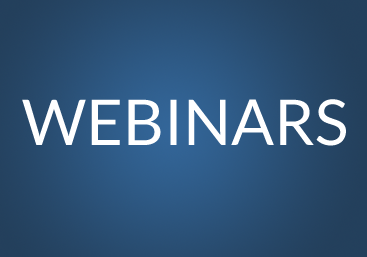
Learn more about USDOT’s final congestion rule and the rest of the final performance measures [webinar]

The new requirements released last week by USDOT for how states and metro areas will have to measure traffic congestion were just part of a larger package of new performance measures. Join us next week to unpack the congestion rule and the rest of the suite of new measures.
Updated 1/26/17: Thanks to everyone who was able to join us on the webinar. Here’s the archived recording if you missed it or want to revisit. -Ed.
The 2012 transportation law (MAP-21) required transportation agencies to begin using a new system of performance measures to govern how federal dollars are spent. And it was indeed big news last week when USDOT — responding to thousands of your comments we submitted — backed away from most of the outdated measures of traffic congestion that were proposed. But this was just one part of a much larger package of new performance measures and with last week’s release, USDOT has now finalized all of the new measures for safety, the state of repair, congestion, air emissions and other aspects of our transportation system.
Join us next Tuesday on January 24th at 10:00 a.m. EST as we walk through the second two (of three total) final rules that cover road, bridge and pavement condition, and overall system performance (the latter is what includes the traffic congestion measures.)
T4America experts will be on hand to unpack these final rules, discuss what states and metro areas need to know about this crucial first step toward more performance-based and data-driven decision-making when it comes to transportation investments.
We’ll also be announcing a new opportunity for technical assistance on performance measures, as well as some survey results on the state of the practice at metropolitan planning organizations across the country. Be the first to hear about both.
More about performance measures
How do we justify transportation expenditures? To many people, the perception is that project decisions are made in a murky, mysterious process, or, even worse, through a political process where only the projects with the most connections get funded. Further, it is not clear to the average person what all the spending gets them. With public confidence in government at low levels, it’s more important than ever to quantify the public benefits of transportation investment and let voters know what their money is going to buy — especially when attempts are being made to raise new money for transportation to fill the gap.
Transitioning to a more performance-based system of transportation investment was one of the key reforms of MAP-21 and these newly finalized measures could represent the beginning of a sea change in how funding decisions are made and our transportation system performs.
Read our 2015 report to learn more about performance measures



